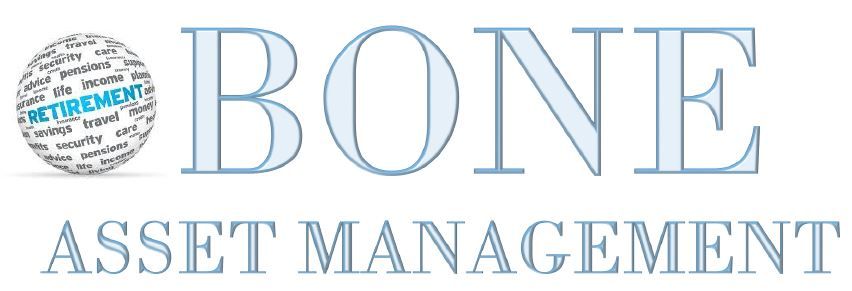Changes to Required Minimum Distribution Rules
With the passage of the SECURE Act in December 2019, current and future retirees can expect to see significant changes which are likely to impact their tax planning for retirement. Most notably, perhaps, is the increase in the Required Minimum Distribution (RMD) age from 70 ½ to 72.
For affluent retirees – and soon-to-be retirees – affected by the new RMD age, both the increase in the RMD age and the proposed new life expectancy tables on which individual RMDs are based are a bit of a double-edged sword. Since annual RMDs are simply a calculation of the total amounts in your traditional IRA, 401(k) and/or other employer-sponsored retirement account divided by your remaining life expectancy in years, the proposed revisions to the life expectancy tables appear to be a boon – at first. With more years statistically ahead of today’s 72-year-old retiree than in the past, this RMD calculation will initially be lower than before, leaving a larger portion of your portfolio to grow each year.
Which brings us to the other edge of the sword. All other things being equal, including average annual return, the RMD amount will likely increase over time because of the growth advantage provided by the revised life expectancy table. And failure to withdraw the RMD will incur a 50% penalty of the RMD amount. (For example, failure to withdraw an RMD of $20,000 will result in a penalty of $10,000.) For those expecting to leave a legacy behind for heirs or for charitable purposes, the prospect of losing significant net worth to taxation later in life seems onerous indeed.
So what can high-net-worth individuals do to preserve their legacy and mitigate the risk of account balances being drawn down at disproportionately high rates later in retirement?
Perhaps the most obvious solution is Roth conversions – the sooner, the better. For individuals whose net worth sits predominantly within a traditional 401(k) or other employer-sponsored plan and who have not yet established a traditional IRA, the Roth conversion process will consist of four equally important steps.
1. Open a traditional IRA. If you are satisfied with your current brokerage, set it up there.
2. Roll the full amount of one’s 401(k) balance into the traditional IRA. Specifically, you will want to request a “trustee-to-trustee” transfer of the full account balance so that the funds never pass through your hands and trigger taxation or penalties.
3. Open a Roth IRA. Again, your current brokerage is an excellent place to set this up.
4. Once these accounts are both in place, begin transferring balances annually from the traditional to the Roth IRA according to your ability to pay the taxes at your marginal tax rate. For example, if your current tax bracket is 30 percent based on employment income, the amount of the Roth conversion which represents an increase in income sufficient to raise your tax bracket to 35 percent will be taxed at 35 percent.
Numerous guides for doing Roth conversions are available online. However, since these are written for a broad audience and only you know your exact situation and financial goals, always speak with a reputable financial planner to determine the best way forward for you and your loved ones.
While the change in RMD age and other aspects of the SECURE Act appear problematic to those who haven’t fully assessed the implications for their personal financial situation, Roth conversions and other tactics can mitigate potential losses of one’s net worth to taxation. For more information, talk to a financial planner today.
https://www.cnbc.com/2020/01/03/how-changing-required-minimum-withdrawals-affects-retirement-accounts.html
The post Changes to Required Minimum Distribution Rules appeared first on Bone Asset Management | Financial Advisor Bloomfield Hills, MI.










